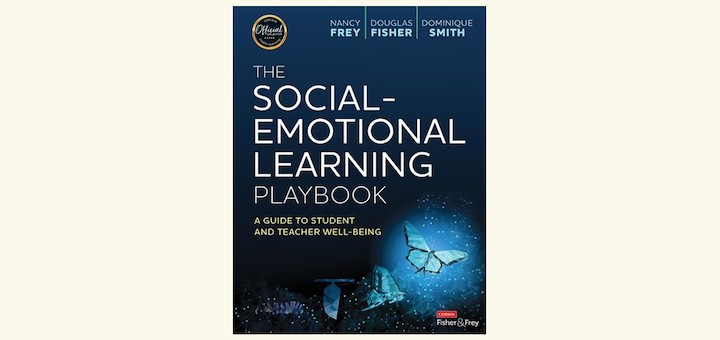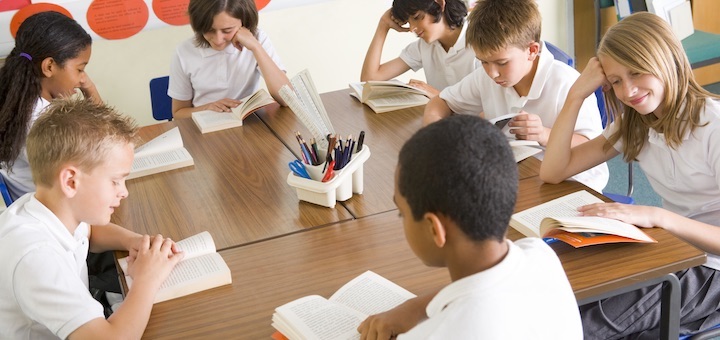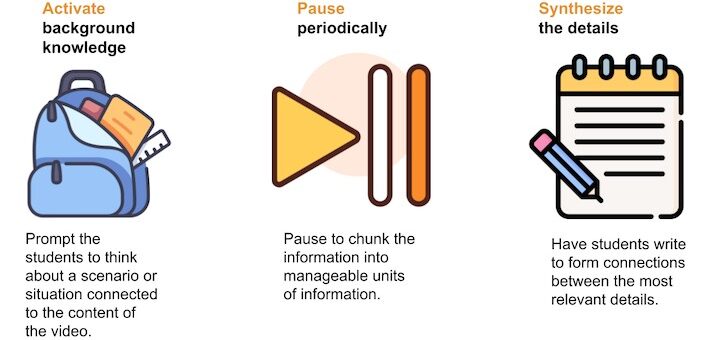Shifting the Balance with Headwork and Heartwork
The authors of Shifting the Balance (Grades 3-5) invite literacy educators in the upper elementary and early middle grades to “engage in both the headwork and the heartwork required to ensure our practices are science-aligned and student-centered.” And do it in a safe space.

























